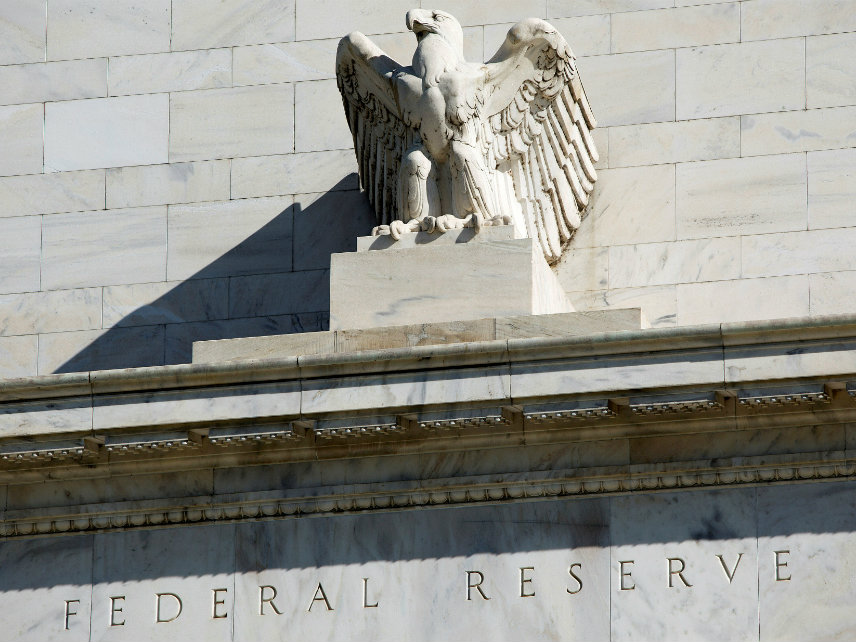Fed Officials Will Continue Interest Rate Hikes in Face of Booming Economy
Minutes from the Fed's June meeting indicate that it will continue gradual interest rate hikes.

The Federal Reserve plans to continue its consistent increases in interest rates. This may pour cold water on President Donald Trump's hope for high economic growth.
The minutes from the Fed's last meeting were released to the public yesterday afternoon. They indicate optimism about the economy's strength, with consumer spending, capital expenditure, and employment all increasing. But concerns about a possible recession are not absent.
Fed officials perceive some business uneasiness regarding trade policy—unsurprisingly, since the White House's most recent round of tariffs could easily spark a destructive trade war. Some of the Fed's business contacts have already cut back on production because of the new tariffs. But unless the trade war gets completely out of hand and severely depresses economic growth, the White House's approach to trade will probably have little impact on monetary policy. Fed officials think Trump's "recent fiscal policy changes" may "lead to a greater expansion in economic activity over the next few years than the staff projected."
The Federal Reserve has met its goal of a 2 percent inflation target. Some of the meeting's attendees fear inflationary pressures and a possible recession. This worry that the economy could "overheat" is based in flawed reasoning, but below-market interest rates can indeed promote unsustainable economic growth, which is something to watch out for.
Discussion of the Fed's enormous bond portfolio was noticeably absent. In the wake of the 2008 recession, this portfolio grew from less than $1 trillion to a monstrous $4.5 trillion; Fed officials began to shrink it last year, looking to bring it down to $3 trillion by 2020.
Most importantly, the Federal Reserve will continue its gradual interest-rate hikes, looking eventually to reach the neutral rate of interest, where the central banking system will neither promote nor slow economic growth. It's unclear whether the Fed would allow the rate to go beyond neutral rate estimates, which may be reached as soon as 2019.
Though the neutral rate is difficult to determine, moving closer to it would do us all a favor by ameliorating the severity of future recessions. Ideally, market forces would point us to the neutral rate, but for now we're stuck with the guesstimates of central bankers.


Show Comments (21)